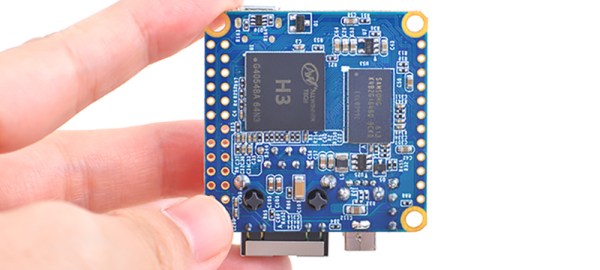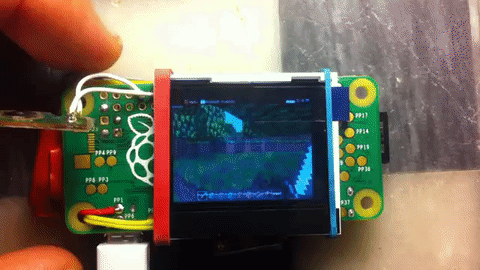As a rule, I try hard not to get sucked into religious wars. You know, Coke vs Pepsi. C++ vs Java. Chrome vs Firefox. There are two I can’t help but jump into: PC vs Mac (although, now that Mac has turned into Unix, that’s almost more habit than anything else) and–the big one–Emacs vs vi.
If you use Linux, Unix, or anything similar, you are probably at least aware of the violence surrounding this argument. Windows users aren’t immune, although fewer of them know the details. If you aren’t familiar with these two programs, they are–in a way–text editors. However, that’s like calling a shopping mall “a store.” Technically, that’s correct, but the connotation is all wrong.
Like most religious wars, this one is partly based on history that might not be as relevant as it used to be. Full disclosure: I’m firmly in the Emacs camp. Many of my friends are fans of vi–I try not to hold it against them. I’ll try to be balanced and fair in my discussion, unless I’m talking about my preference. I don’t have to be fair when it comes to my opinions. Just to be clear: I know how to use vi. My preference isn’t based out of not wanting to learn something new.



















